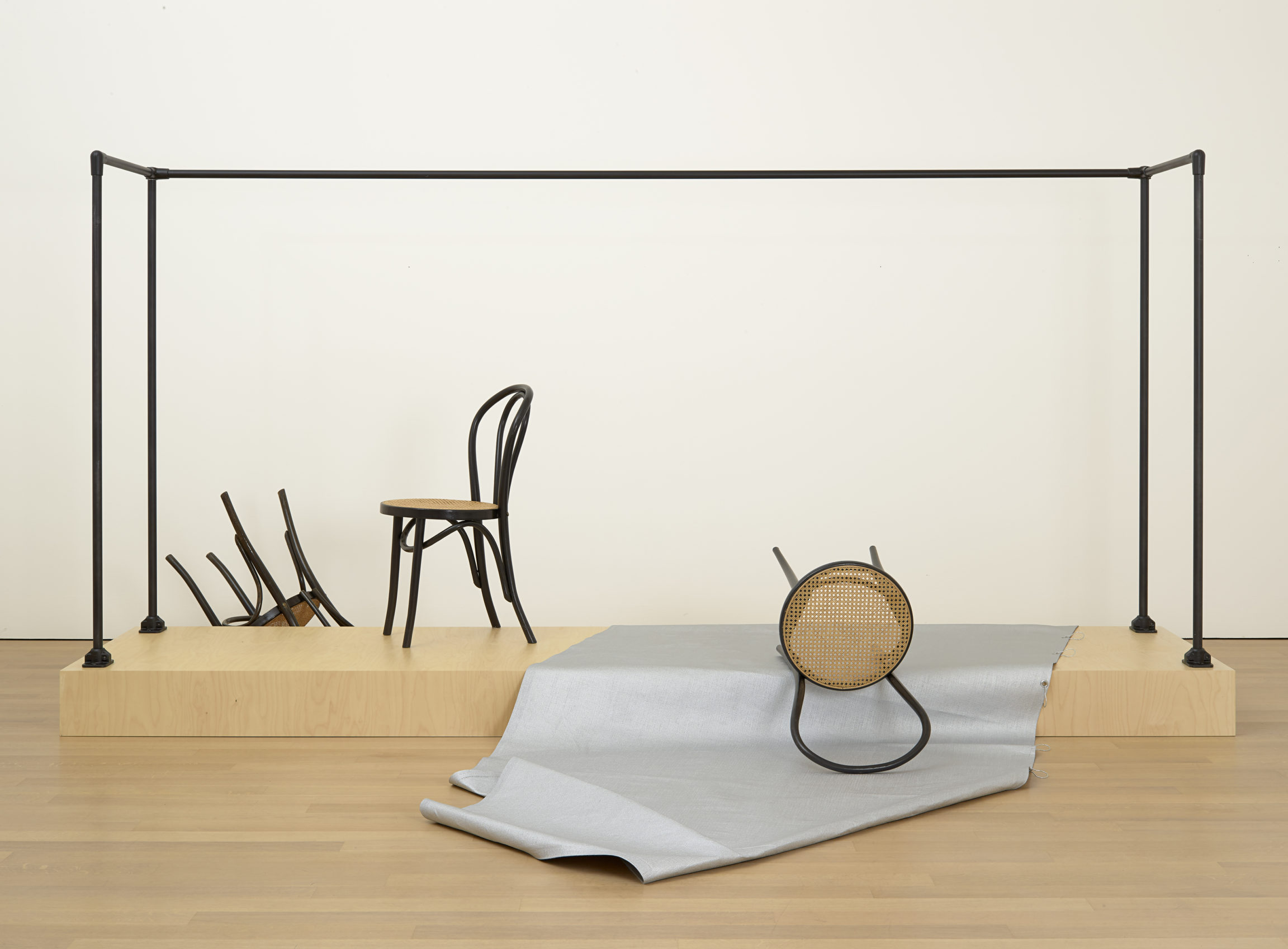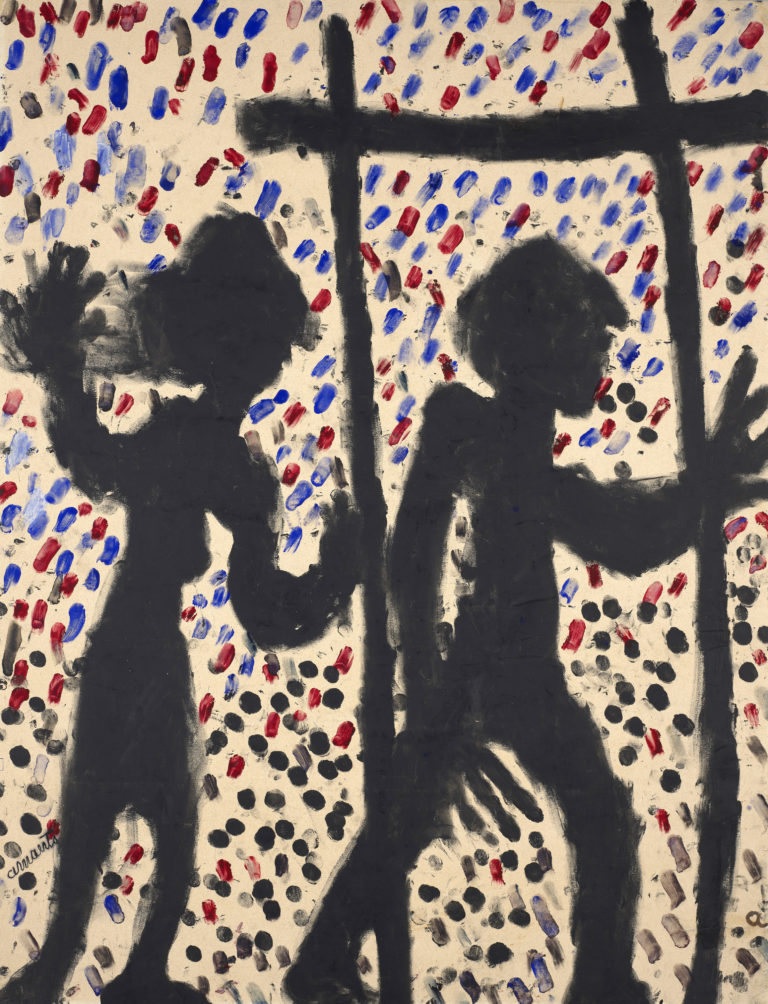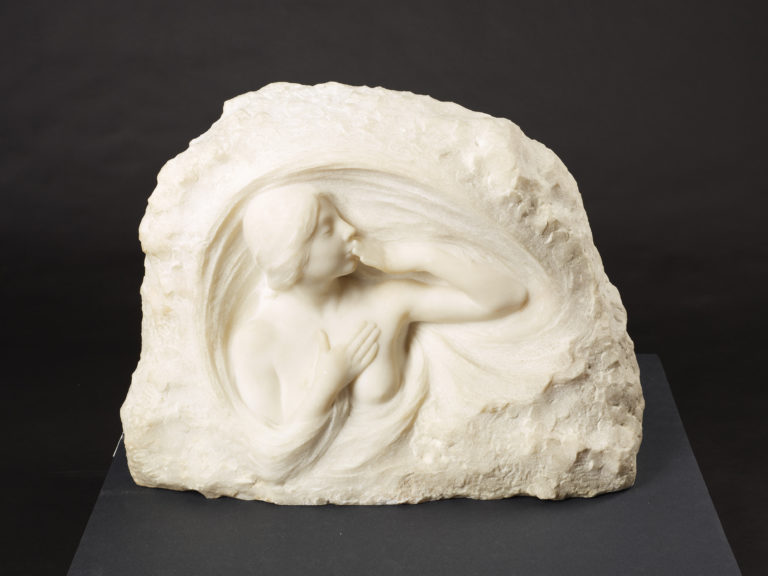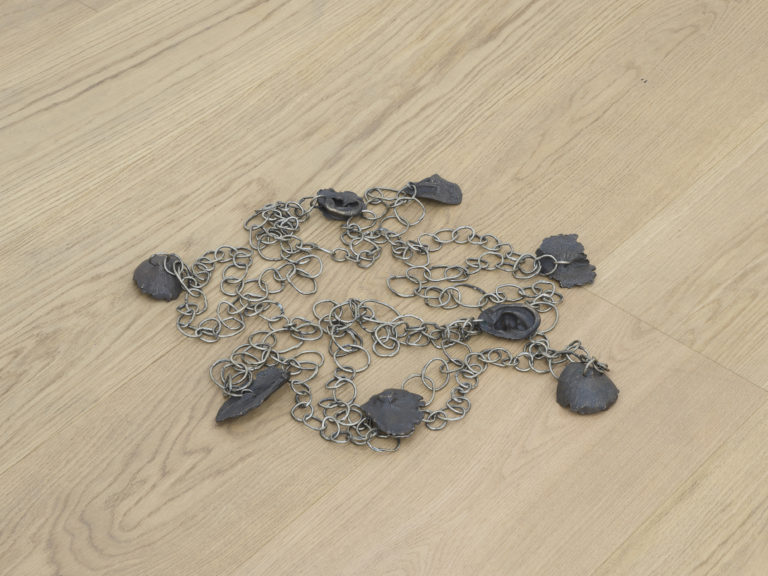On display
The CollectionBibliography
Florence Derieux (ed.), Tom Burr. Anthology: Writings 1991-2015, Berlin, Sternberg Press, 2015.
Matthias Mühling and Nikola Dietrich (ed.), Tom Burr, exh. cat. Munich, Städtische Galerie im Lenbachhaus, Basel, Museum für Gegenwartskunst, Cologne, DuMont, 2009.
Florence Derieux (ed.), Tom Burr. Extrospective. Works 1994-2006, exh. cat. Lausanne, Musée cantonal des Beaux-Arts, Zurich, JRP Ringier, 2006.




Tom Burr produces works – photographs, sculptures and installations – that revisit the formal vocabulary of the avant-gardes, especially minimalism and post-minimalism, and combines pop iconography, gay culture, architecture and contemporary design with musical, cinematic and literary influences. The artist reprises the appropriation found in the art of the 1980s as a strategy that can be used to revisit works from the past and to reveal new meanings.
For his solo show at the Museum in 2006, Burr made two installations, Abstract Lausanne I and II / Lausanne Abstrait I et II, their titles based on that of a small abstract canvas painted by Francis Picabia in Lausanne in 1918, when he was being treated for addiction after several years spent in New York (Abstrait Lausanne, private collection). It is this biographical echo which enables Burr to situate these works within a definite geographical and temporal framework, that of his own presence in Lausanne. As the artist says, ‘During this time I developed the desire to merge the concerns of space and design and physicality… with thoughts of subjectivity, sexual identity, and audience, as well as a nascent concern with autobiography’.
Abstract Lausanne II consists of three chairs set within a space created by a base delimited by metal bars, with a curtain laid on the ground, like a kind of small platform or stage devoid of characters. Here, Burr is revisiting minimalist sculpture and its connection to space and the viewer’s body, by exacerbating its theatricality, its literality and its apparent emptiness. However, in contrast to minimalist forms, Abstract Lausanne II seems to be on the verge of collapse, on the fragile border between a presence structured in space and its lurch towards chaos (overturned chairs, the curtain on the ground). The narrative, associative, and even allegorical potential of this three-dimensional ‘collage’ thus vies with its capacity to form an image in space.